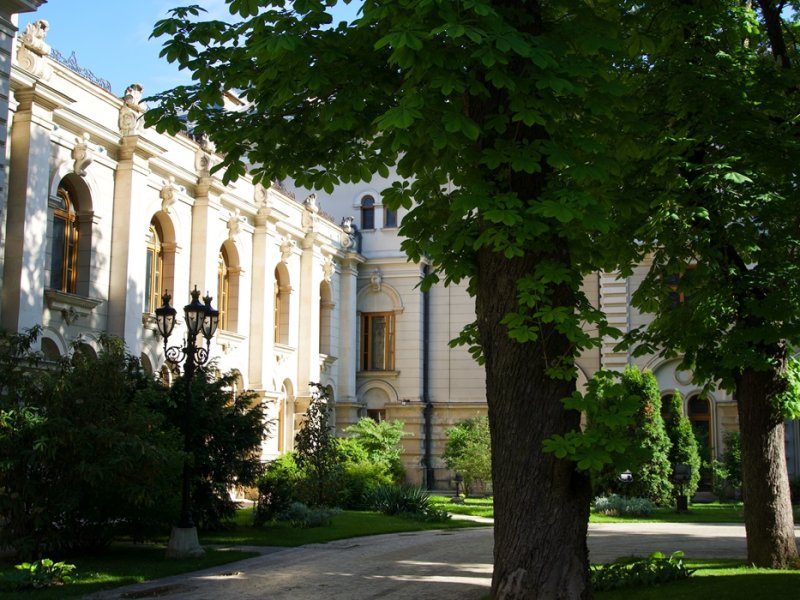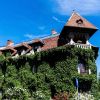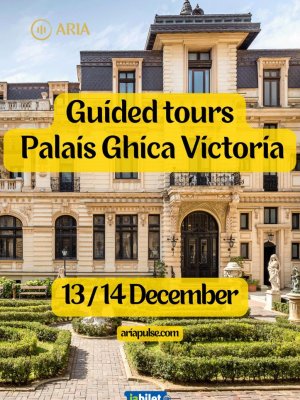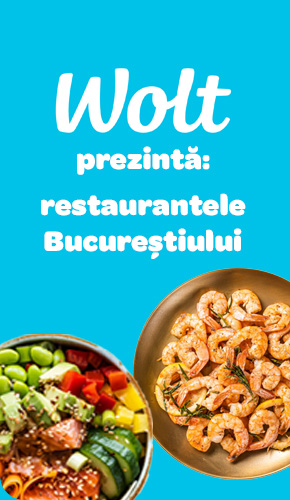Cotroceni National Museum: a cultural treasure in the heart of the capital

By Bucharest Team
- Articles
The Cotroceni National Museum is one of Romania's most precious cultural jewels, located in the center of the capital, just a few steps away from the Cotroceni Palace, the official residence of the Romanian President. With its rich history and impressive collection, the museum is a fascinating destination for visitors from all over the world.
Built in neo-Romanesque style between 1679 and 1681, the Cotroceni Palace is the longest-used residence in the whole of Romania, from the end of the 17th century to the present day. Although it originally served as the monastery and residence of Prince Constantin Brâncoveanu, the Cotroceni Palace was transformed over time into a royal residence and later into the official residence of Romania's presidents.
Due to its long-standing use, the Romanian Government Decision of July 10, 1991 established the Cotroceni National Museum as a national representative institution under the Ministry of Culture. On December 27, 1991, the old side of the Palace was opened to the general public, and later, on December 20, 2001, the Museum was transferred to the Presidential Administration.
Today, the Cotroceni National Museum houses an impressive collection of historical artifacts, decorative art, furniture and important documents. Its specificity is conferred by the combination of the characteristics of a memorial space with a history of almost 350 years and those of a museum of decorative art. Its halls and apartments have a particularly evocative power, with the emphasis not only on the intrinsic value of the various artifacts, but also on their significance in terms of their relationship with the personalities who have lived in these rooms over the centuries.
The museum exhibits offer a fascinating insight into Romanian history and culture. Visitors can admire works of art by famous Romanian painters such as Nicolae Grigorescu, Theodor Aman and Ștefan Luchian, as well as decorative art, royal jewelry and other historical artifacts.
One of the highlights of the museum is the Throne Room, where visitors can discover the beauty and splendor of the royal residence.
Moreover, in its more than 30 years of existence, various scientific and exhibition programs have been realized, dealing with history, art history (from medieval to contemporary art) and restoration.
One of the projects initiated by this institution is called "Historical Restitutions" and its main objective is to bring to the attention of the community unjustly forgotten personalities or historical monuments that have disappeared. The main intention is to "recover", for the collective memory, and to reinterpret the work of artists, politicians or events that are significant for Romanian history and culture.
In addition to the cultural aspects, the museum also serves as an educational center, offering programs and activities for children and adults, such as guided tours, creative workshops and thematic conferences.
The Cotroceni National Museum is more than just a tourist destination; it is a cultural treasure that blends history, art and tradition into a memorable experience for all who visit. Moreover, the museum organizes various cultural events, such as conferences, symposia, classical music recitals or film screenings, aimed at enriching the visitor's experience and promoting cultural diversity.
The Cotroceni National Museum also includes the Cotroceni Palace Church, a church that has suffered centuries of military occupations, earthquakes and fires.
The October 1802 earthquake had disastrous consequences for the church, which was largely rebuilt and repainted four years later. Also affected by the 1977 earthquake, the church was included on the list of monuments to be restored, but the communist authorities demolished it in 1984.
In July 2003, thanks in particular to the intervention of the descendants of the founders, the Cantacuzino family, work began on the old foundations of the Cotroceni Church, in the form of a "Cantacuzino Memorial", and the pronaos and porch of the former church were rebuilt. In 2008 the work was resumed and the rebuilt church was consecrated in October 2009.
Cotroceni National Museum - visitor information
The Cotroceni National Museum is located at 1, Geniului Boulevard. The full tour (including the church) with a Romanian-language guide costs 50 lei per person, while foreigners have to pay 70 lei for an English-language guide. For more information, visit the museum's website.






























